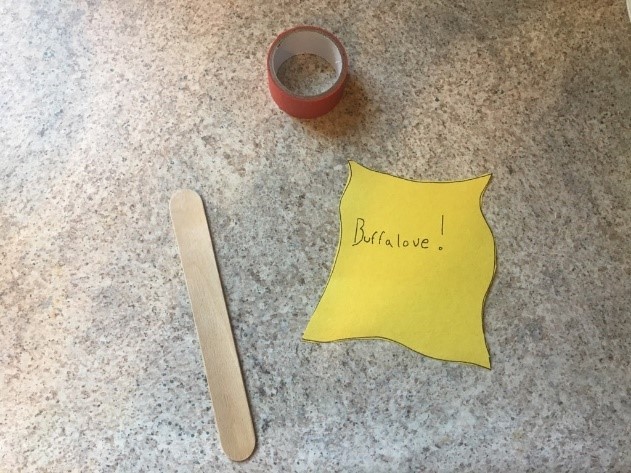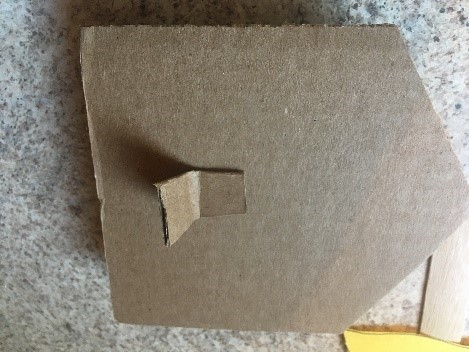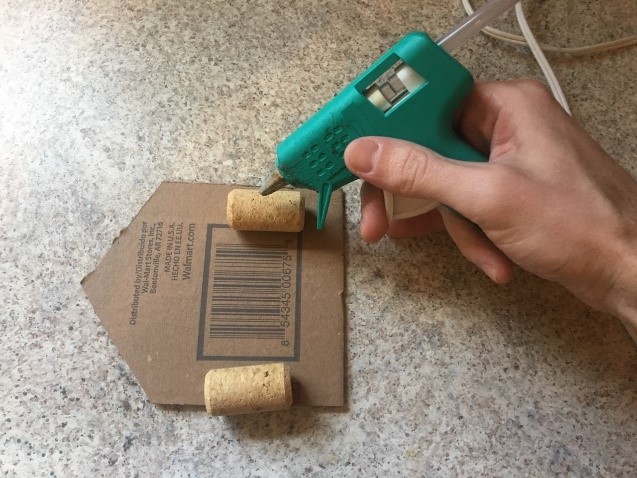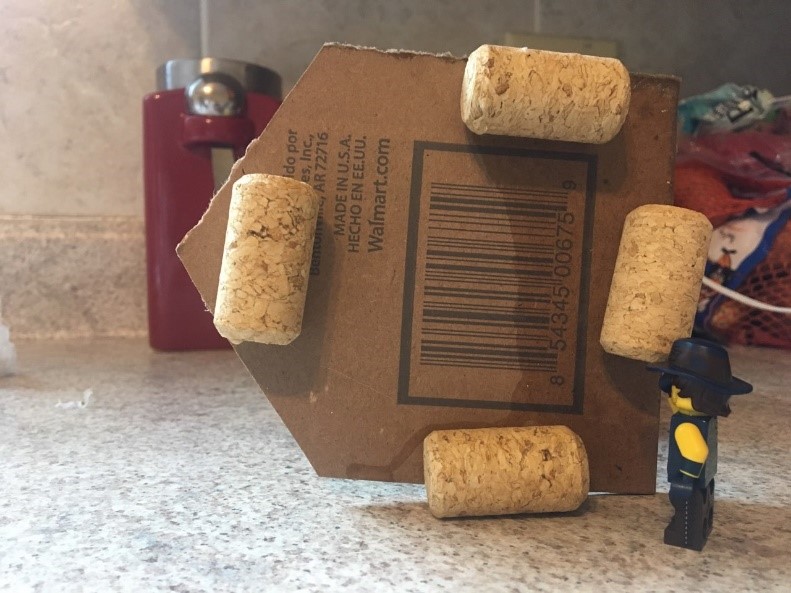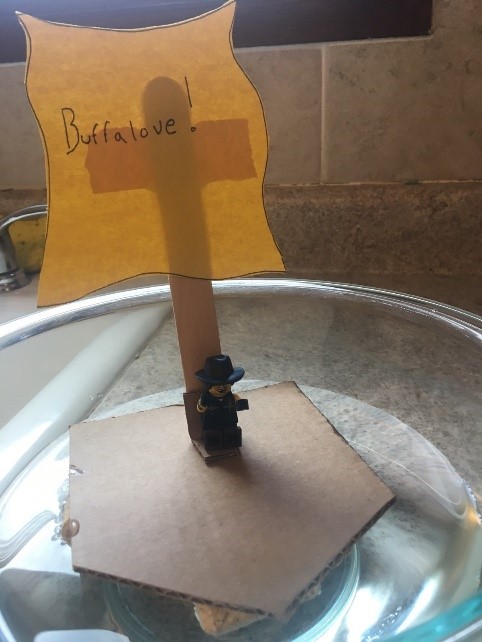Sponsored by: National Grid
Written by: Dan Walsh
STEM Educator
Supplies ideas:
Clear bowl, water, recycled objects from around the house, glue, tape
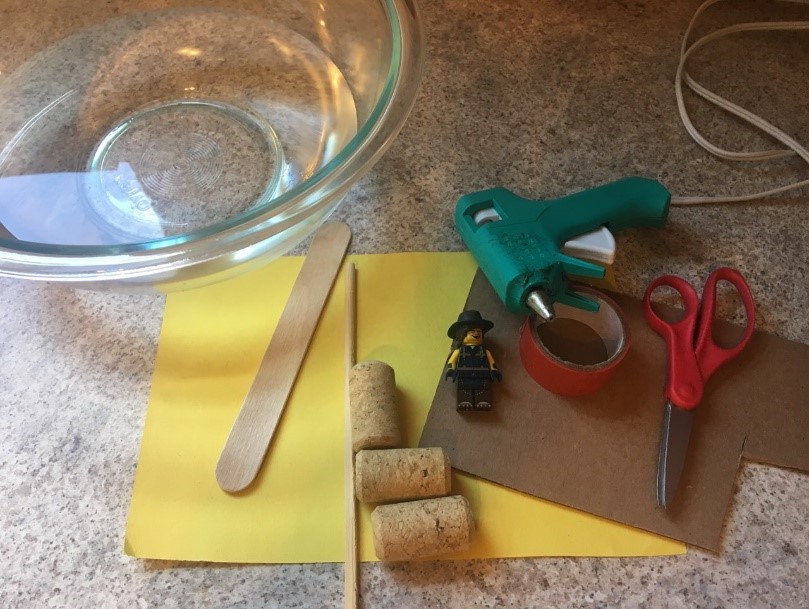
Length:
Build time: 10-15 minutes
Academic Subjects:
Science
This lesson supports the following standards:
Engineers improve existing technologies or develop new ones. (4-PS3-4)
Directions for The Water Raft Challenge:
Our friend Perry has gotten stranded on a desert island. On the island Perry has found corks, cardboard, and other recycled materials. Perry wants to build a raft out of these materials! Can you help Perry build a raft and carry her to safety?
1.) Collect random objects from around the house. Make sure they can get wet.
2.) For a simple raft follow the directions below or brainstorm a new raft!
3.) Cut a small piece of cardboard to the shape of a house.
4.) Flip the raft over. Glue 3-4 corks to the bottom of the cardboard and let the glue dry.
5.) Add a sail! Design and cut out your sail on a piece of construction paper. Then tape it onto a craft stick.
6.) Bend a small piece of cardboard and glue one end onto the raft and glue your craft stick to the other end.
7.) Trial and error is the way inventors and scientists test out an invention to see if it works. We can use trial and error by placing our boat in the water. What do you think will happen? Will our raft sink or float!?
At first, I added three corks hoping that it would sail okay. Through trial and error, I quickly learned the boat was about to sink! Judging by the raft testers face, he doesn’t look happy! This is all a part of trial and error. Sometimes experiments don’t work out on the first try!
I went back to the drawing board to see how I could improve my raft! Another cork would do just fine!
Success!
That was a fun experiment, but how does it work?
Buoyancy is a force on an object that allows the object to either rise or move upward. Buoyancy is made by the difference in pressure put on the object by the fluid or air. Buoyancy comes from the Spanish word boyar, to float.
To take this a step further we can introduce density.
Density describes how much space an object or substance takes up (its volume) in relation to the amount of matter in that object or substance (it’s mass). This mean an object will sink if it is more dense than the liquid it is placed in and vice versa, an object will float if it is less dense than the liquid.

